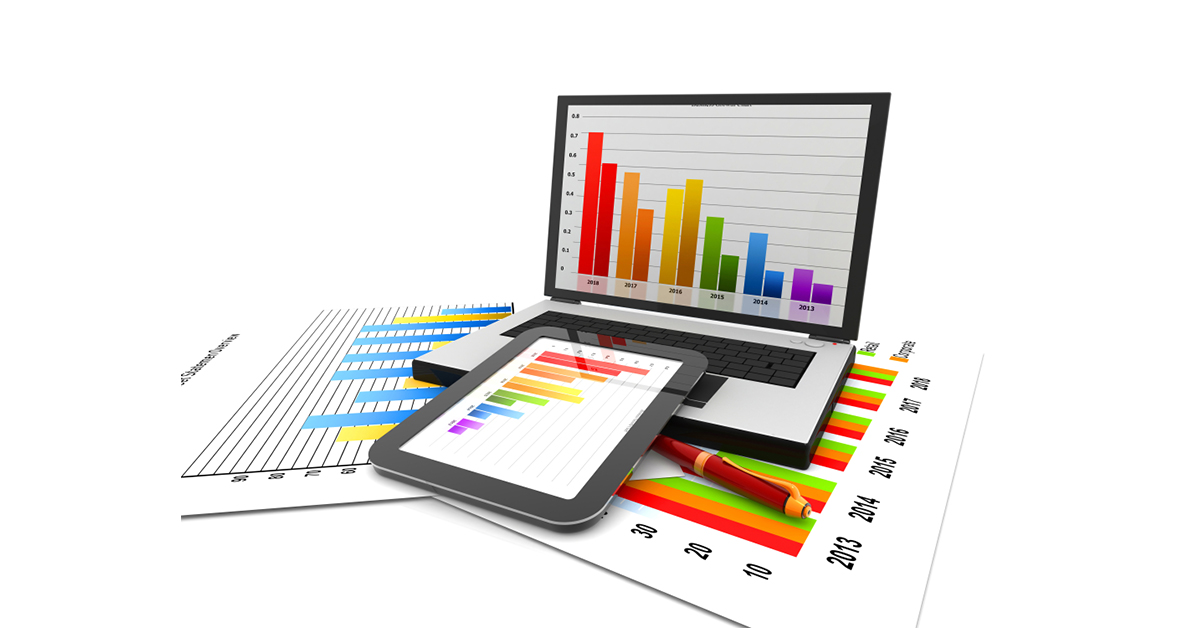Today’s Data Intelligence
My kids and I were driving back from a school event, and Bella, my daughter asked me why I was excited about my job. Bella is seventeen years old and Jorge is sixteen, and the only world they have ever known has the iPhone, with all the services, information and entertainment provided on demand through systems such as Uber, Netflix, and iTunes. Information and content are easily delivered in a couple of minutes. We’ve come a long way since the 90s in many industries. I have been in financial services since 1992, when the dial up Internet was our only source of internet and access was only provided to managers of the organization. Information on demand wasn’t available. I explained that now, 25 years later our industry is at last beginning to have access to rich data that can be leveraged to pull data from silos and bring it all together to create a better overview of customers and insights to previously unknown facts. That’s when my daughter sensed my excitement about our industry and my role in it. She began to ask me questions.
Our industry mostly relies on static historical data. The residential loan application is a picture in time, not a video of a consumer’s journey up to the moment of truth: financing a new home. The same type of data is involved in the loan servicing space. It’s a snapshot of prepayments and non-performing loans, not necessarily identifying the patterns and the financial journey of a borrower making mortgage payments each month. I think the key data elements such as trending data, demographics and predictive analytics will provide information that is disruptive to the mortgage industry.
Trending Data: The information collectively gathered to identify and classify frequent characteristics into cohorts. For example, it’s not just whether the borrower is current on a mortgage. When do they pay? Do they pay on the fifteenth of the month, the last day before a late fee? Before the first of the month? What if they were paying on the first, but now they’re paying just before the fifteenth? Is something happening with this borrower that a lender could help with? Think of utilizing the information gathered about the borrower and the relationship value of a check-in with a borrower and helping mitigate a possible delinquency. Maybe somebody is distressed, but if they’re paying, that person will likely still have a good credit score, but trouble is brewing.
This is the power of data. We need to be thinking about really acting in the borrower’s interest in a proactive way to mitigate losses as opposed to just say, ‘hey, you’re late, you’re now paying a late fee.’ That’s punitive, versus a touchpoint to deepen a relationship and truly assist borrower when unforeseen life events occur.
Demographics: We often think about millennials as not interested in owning a home, or that certain millennial cohorts are hard to approve for a mortgage because they have a ‘thin’ credit history. Historically, lenders associated potential borrowers with higher income and assets correlated with thicker credit files and more credit usage (thick file consumers have three or more credit accounts reported and thin file consumers have two or fewer credit accounts). Lenders may view thin file consumers as riskier than those with thick files and thin file borrowers were often placed into the highest risk products (i.e. higher interest rates and modest loan limits).
Research shows that millennials with thin files – unlike any other generations before them – on average have income and asset levels consistent with their thick file counterparts. Research shows even though these millennials are expected to be the largest generation by size, many millennials are averse to debt. Many millennials have low numbers of active accounts. Paying down student loans and not applying for new credit is prudent credit behavior.
Current underwriting might be penalizing millennials simply because that’s historically how thin file consumers have been treated. And it’s not just millennials, immigrants of any generation can exhibit the same behaviors. So better credit scoring models might widen the credit box for creditworthy borrowers that may fall outside historical guidelines.
Predictive Analytics: Data provides visibility and a fact base. Visibility that we never had in the past. We can use data to help build these relationships, help people when they’re may be early in having trouble meeting their obligations. I find it interesting a restaurant can use data to ‘remember’ you, what you ordered on your last visit and make you feel so important. It makes you feel good. ‘Wow, they remembered me’. Data driven relationship building works for restaurants. Think how powerful data driven relationship management is when a person is in time of need and looking for solutions. Disruption in the mortgage industry is not just finding technology solutions, it’s changing with the times and being creative with innovative products that fit borrower’s current needs. It’s servicers foreseeing issues and assisting with innovative solutions. It’s using data for common sense underwriting.
As an industry, we’re smart enough to use that data to get the visibility to foresee and forecasts what a borrower may need next. At the borrower level, its relationship building.
At the aggregated level, were talking risk management. Aggregated data can be used for portfolio management, looking for loans at risk of delinquency and default, as well as prepayment. Delinquency and default produce losses. How can one anticipate and prevent delinquency and prepayment?
I’ve seen so many lenders running their business on excel spreadsheets. Excel is good for static analysis, but it’s not dynamic and it’s very hard to associate multiple data sources in a very visible way. It’s hard to maintain data integrity. In order to get visibility; one must use a dynamic system with the power to associate a lot of the different data sources and make it easy to navigate through all those data sources for as close to live data as possible.
But it’s not just the system. It’s the user. It’s us! We are bound to old habits, and the inertia of a highly regulated industry that is slow to evolve, let alone jump into digital transformation. We’re used to the way we’ve been doing it for the last 30 years or more. How easily do people adapt to change? Usually what I find is they want new technology, but they want it to fit their existing process. And that doesn’t work because the new technology was set up to give you a lift. So why are you just automating your old processes? It’s not going to work. You’re just doing the same old thing. Just using new technology. It’s not going to give you the lift. You’re not using it the way it was set up and built to be used.
It’s hard to let go. Change is hard, it feels like you’re losing control. If we continue to do the same old thing, we’re going to get the same results.
So Here is My Challenge to the Readers: Think data, think big data. As lenders, we have so much valuable data in our systems, we just can’t access it easily, nor fast enough. Think about how to deploy data intelligence to generate profit, build relationships, and serve more borrowers. Identify and help borrowers that may be experiencing financial stress then when the borrower starts thinking about refinancing or buying a new home, they can turn to the lender who helped them during their financial stress.
These are some of the challenges that we encourage everyone at Teraverde to ponder and it’s why we are so passionate about developing Coheus Profit Intelligence. Having the ability to navigate and grab data from multiple silos then providing mortgage bankers the access to explore data and do more than having a static report. With Coheus’ ability to demonstrate data, Executives begin to think- ‘What if’ with more data at their fingertips, the possibilities technology can create for lenders in this space are limitless –we’ve seen lenders jump profits by 20 basis points in the first quarter.
Open yourself to thinking bigger, thinking differently. Take the risk to become more data driven. Ditch the spreadsheets. Think about how to improve yourself because the power of data can be tremendous. Promote change and innovative thinking within your team. Which is how the conversation with my daughter concluded when we arrived home. She was excited about the possibilities of data and how she might use data in forensics, currently an interest of hers. “I really didn’t think about this data stuff before.” I hope she thinks about it a lot more. How about you?

Maylin Casanueva is Chief Operating Officer of the Teraverde where she is responsible for the growth, profitability and overall business operations of the unit. She assists banks in sourcing whole loan assets that meet specific loan criteria. During the transaction she will advise clients of the bid approval, pricing, the due diligence process, contracts, commitments, funding, and servicing transfers. Ms. Casanueva works with a broad range of national and regional counterparties in order to provide clients the best possible loan pool for their portfolios. She also evaluates existing client loan and servicing portfolios, supervises best practice mortgage banking and loan servicing reviews, and assists clients in addressing repurchase and indemnification demands from correspondent investors, and provides clients assistance with investor reporting.



